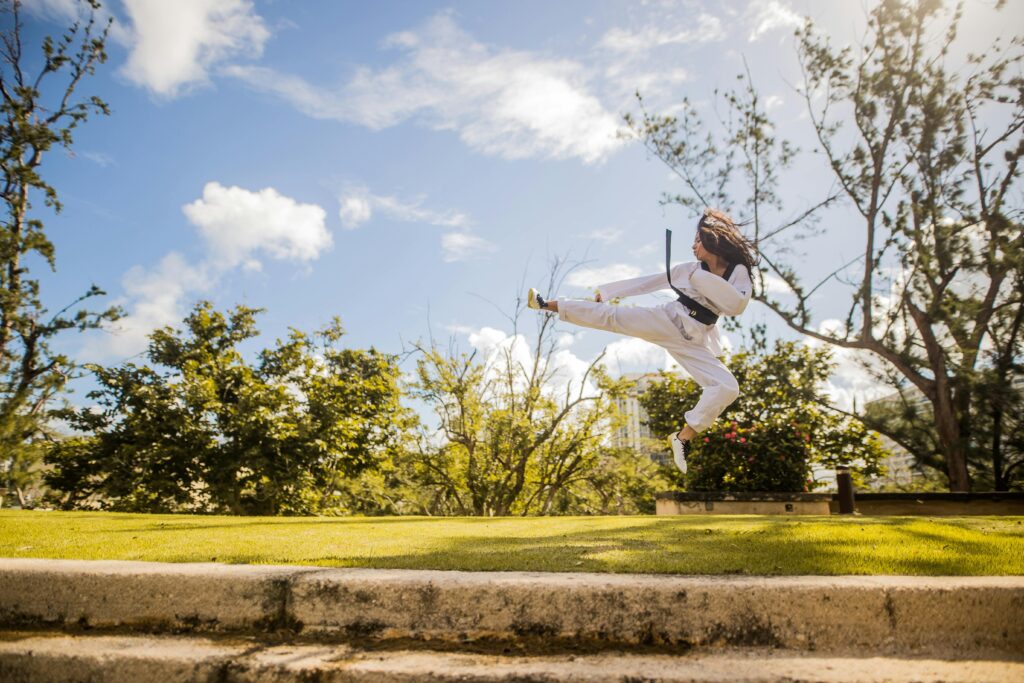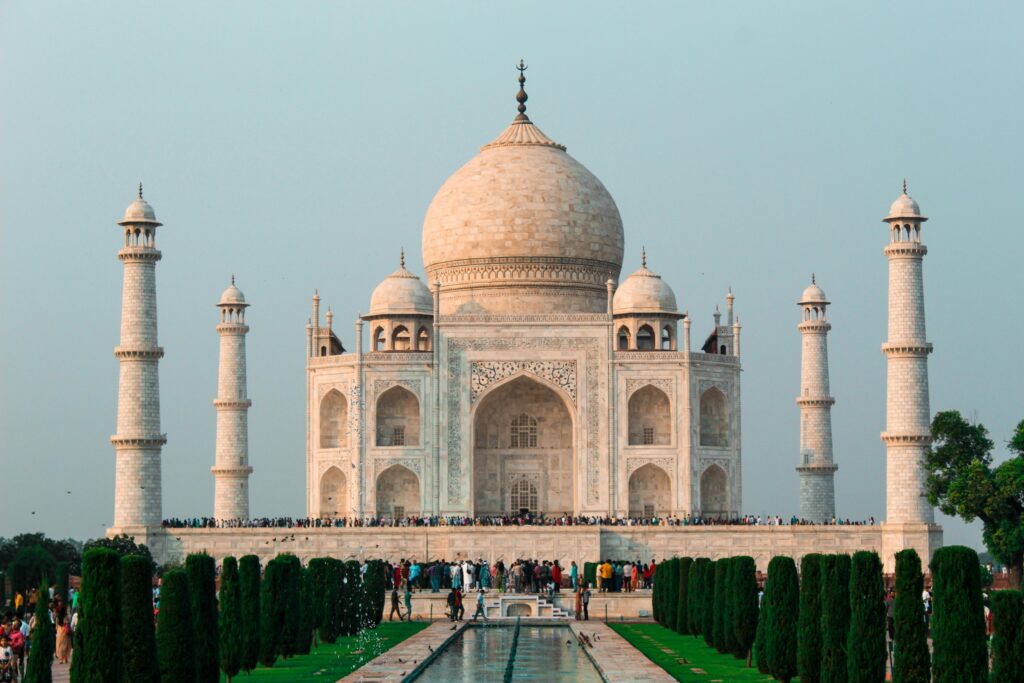Martial arts are the historical systems of fighting techniques used by the ancient world and encompass physical methods as well as mental training, self-control, and cultural heritage. Developed over regions of the world — including China, Japan, Korea, Thailand, and Brazil — martial arts have developed as an international phenomenon practiced for personal self-defense, physical fitness, sport, and spirituality.
The Historical Context and Phases of Combat Sports
Martial arts are rich and deeply rooted in culture. Among the most widespread ones are: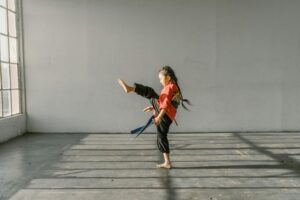
Karate (Japan) – Focus on punching techniques with fist punches, kicks, and hand movements.
Taekwondo (Korea) – Famous for fast, high, and spinning kicks.
Kung Fu (China) – Generic name for the various Chinese systems of fighting, emphasizing flowing movement, balance, and the flow of energy.
Judo and Jiu-Jitsu (Brazil/Japan) – Emphasis on grappling, throwing, and submission techniques and not striking.
Muay Thai (Thailand) – A martial sport known as the “Art of Eight Limbs” and utilizes the use of fists, elbows, knees, and shins.
Mixed Martial Arts (MMA) – A relatively new sport that employs the use of diverse martial arts styles in a competition set up in a full-contact environment.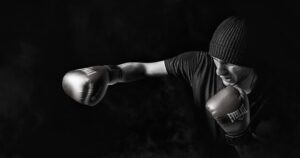
Physical and Mental Benefits
Physical advantages of martial art practice are many. Cardiovascular well-being is improved, strength and flexibility are improved, and coordination is improved. Training improves practitioners’ balance, tolerance, and body awareness.
But martial arts are not all about physical strength. They are strongly dependent on philosophy and mental strength. Martial artists are instructed to be disciplined towards their masters, friends, and even opponents. Values like patience, humility, determination, and self-control are imparted in each class. They become a part of one’s character with the passage of time and make him self-assured, goal-oriented, and emotionally powerful.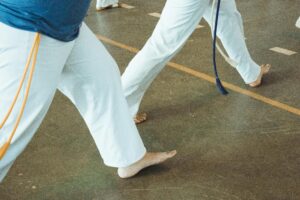
Self-Defense and Confidence
Self-defense is probably the most common motivation for individuals to take up martial arts. No one wants to end up in the position of getting hurt, yet having knowledge about how to protect oneself from getting hurt is an asset. Physical technique is involved in teaching martial arts, as well as awareness, defusing, and keeping calm during an emergency.
Confidence is likely one of the greatest aspects of martial arts. As students move through levels and receive belts or rank, they feel accomplished. That accumulates and overflows into daily life outside the dojo or training hall and into school, work, and relationships.
Martial Arts Way of Life
For others, martial arts is not just a hobby but a way of living. It instills discipline in one’s daily activities, a balanced way of life, and the attitude of learning on a day-to-day basis. One never actually gets to learn no more because there is always something to learn, improve on, or master.
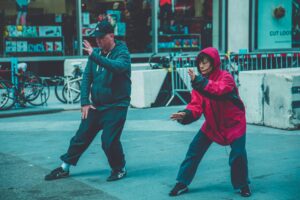
Conclusion
Martial arts aren’t merely fighting techniques. They are a comprehensive system of self-improvement that molds the body, sharpens the mind, and toughens the spirit. If you need to get in shape, learn to protect yourself, build confidence, or turn your life around, martial arts provide all that to you. It has nothing to do with being better than the guy next to you; it has to do with being better than yesterday.

